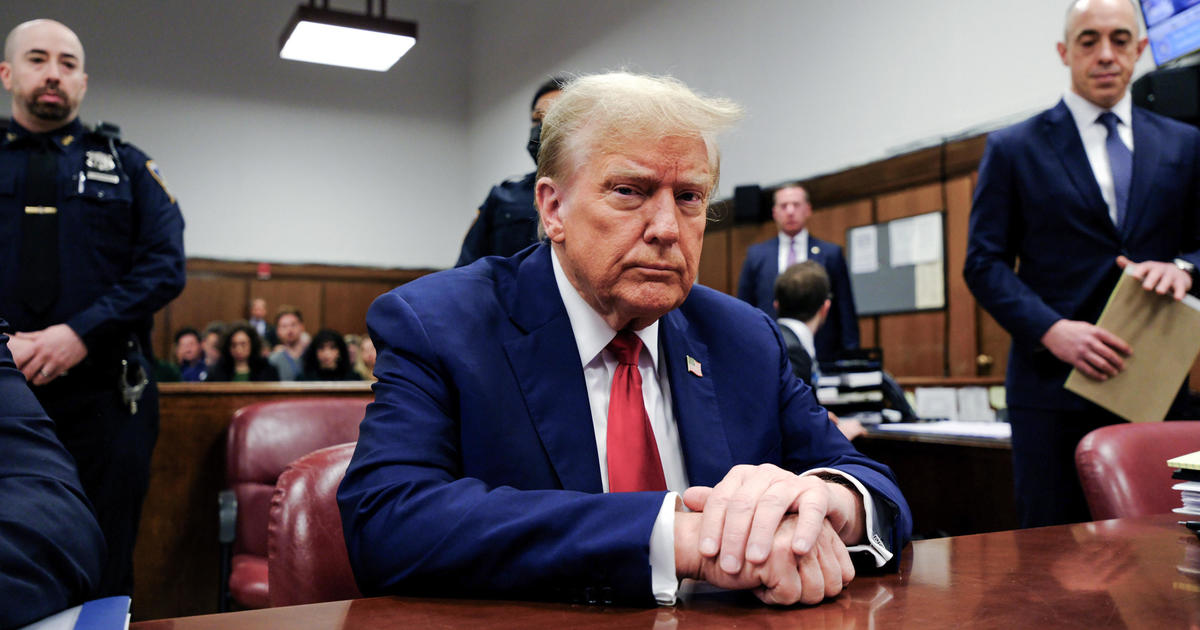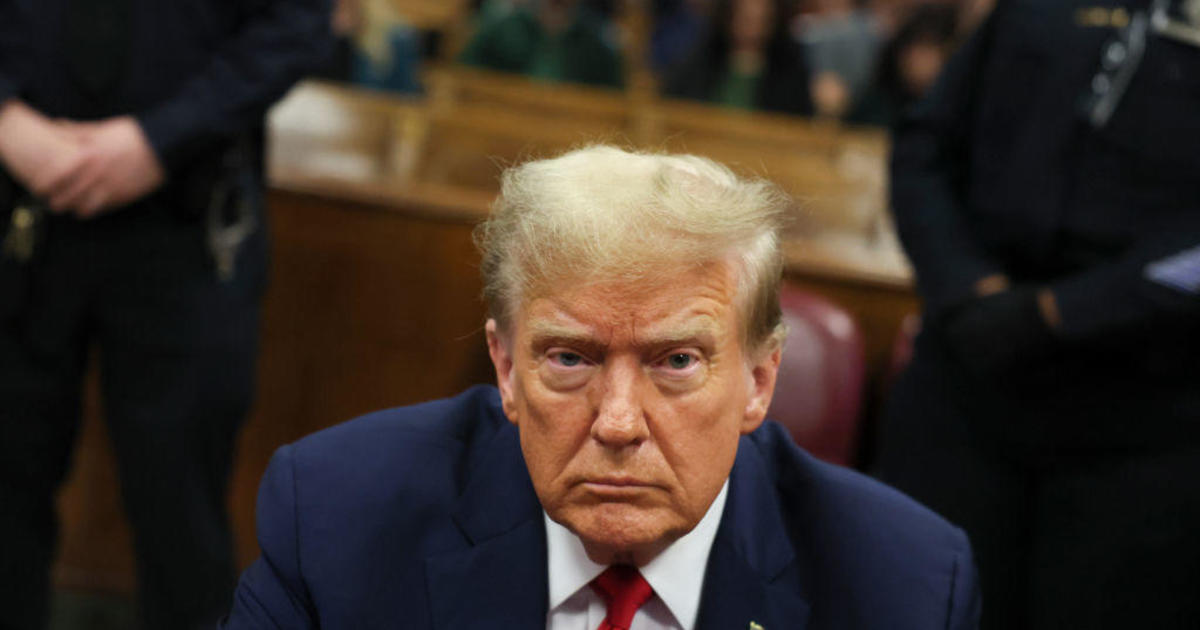How big a raise might U.S. workers get under Trump's payroll tax plan?
President Donald Trump has ordered companies to defer payroll taxes in a move to provide Americans with financial relief and to lift the coronavirus-battered economy. Yet the plan — which instructs the Treasury Department to stop collecting employee payroll taxes starting September 1 — raises a range of questions, not the least of which is whether companies would pass that money along to their workers.
Mr. Trump's efforts to boost paychecks is also only a temporary order, extending only through year-end, and it doesn't cut the amount of payroll taxes workers will actually owe. Rather, his executive order creates a payroll tax "holiday," allowing companies to delay the collection of payroll taxes for four months.
Still, employees would eventually have to pay those taxes in full sometime next year. And companies would have to automatically adjust their employees' tax withholdings over the next two weeks, leaving little time to adjust their systems.
But perhaps the biggest hurdle is this: While employees must pay their half of the payroll tax (6.2% of their paycheck), employers remain on the hook for the entire 12.4% that is owed to the government. As a result, companies might be reluctant to stop withholding payroll taxes unless employers are clear on how those taxes will eventually get paid.
The upshot: Workers shouldn't count on seeing an increase in their paychecks because of the payroll tax deferral — not by September 1 or perhaps ever.
"Even a straight up legislatively passed payroll tax cut would be far from the top-five best measures to stimulate the economy," said Josh Bivens, director of research at the left-leaning Economic Policy Institute. "This is obviously much worse, because it is not clear how many companies will actually stop withholding, and how many people will spend the money given they will have to give it back come January. If you want people to spend a tax break, you don't want to tell them they will have to give it back in four months."
Here's what you need to know about Mr. Trump's payroll plan:
How much could the average worker get?
Employees now pay 6.2% of their income in payroll taxes — the money is withheld from their paycheck and used to fund Social Security. Employers also pay 6.2% of worker salaries.
Mr. Trump's order defers payroll taxes for workers making $2,000 or less a week. In theory, over the last four months of 2020 that would amount to a 6.2% raise for anyone making $104,000 or less. The median wage for workers is $957 a week, or the equivalent of $49,764 a year. Based on that median wage, for workers that works out to $1,025, or $128 more per paycheck.
Would companies really boost your paycheck?
That's unclear. Daniel Hemel, a law professor at the University of Chicago, argued in an op-ed for the Washington Post this week that Mr. Trump's move to only defer — not cut — payroll taxes puts companies in an awkward position. After all, if employers don't collect the taxes now, they will still have to ensure the full 12.4% in payroll taxes is paid later.
Many companies may also be reluctant to count on their employees to repay the deferred taxes on their own. So to give workers that tax break now, they may have to prepare to withhold double the amount of payroll taxes next year — a sure way to anger employees.
In addition, if any workers are laid off or leave their job to work elsewhere before their payroll taxes are paid, employers may find themselves stuck with the balance. Such contingencies are why many companies may opt to keep their employees' payroll tax withholdings where they are.
Would the payroll tax holiday help the economy?
Probably, but the boost would be marginal. Payroll tax cuts do tend to be progressive, meaning that unlike income tax cuts, payroll tax cuts tend to benefit lower-wage workers. According to Bivens of the Economic Policy Institute, the bottom two-thirds of American households pay more in payroll taxes than they pay in income taxes. And traditionally, lower-wage workers are more likely to spend the money they get from tax cuts.
Goldman Sachs economists calculated that Mr. Trump's executive order would defer a total of $145 billion in taxes. That amounts to a modest 0.7% boost in U.S. GDP for the last four months of the year. But that's if employees spend those extra dollars, which people might be reluctant to do given that we're talking about a delay, not a cut, in taxes.
Based on similar tax deferrals in the past, Goldman estimates that about half of all employees would opt to withhold their payroll taxes. In the end, they estimate that 40% of the extra money will be spent, or just under $60 billion. That equates to a boost to the economy of just 0.3% of GDP over those four months. And that boost would quickly be reversed next year, when the tax is owed.
Mr. Trump has said that if he is re-elected he would make the payroll tax cut permanent, so it wouldn't have to be repaid. But even if he is elected, Mr. Trump would need Congress to make the payroll tax cut permanent.
How would the payroll tax holiday affect Social Security?
Payroll taxes are the main funding source for the Social Security trust fund. Again, however, since Mr. Trump's order is for a payroll tax holiday and not an official cut, it shouldn't impact how much money is collected for Social Security.
If Mr. Trump were to make the tax cut permanent, that would mean the Social Security trust fund would run out of money faster than current projections. But Congress could still opt to fund the program in other ways to keep it solvent.



